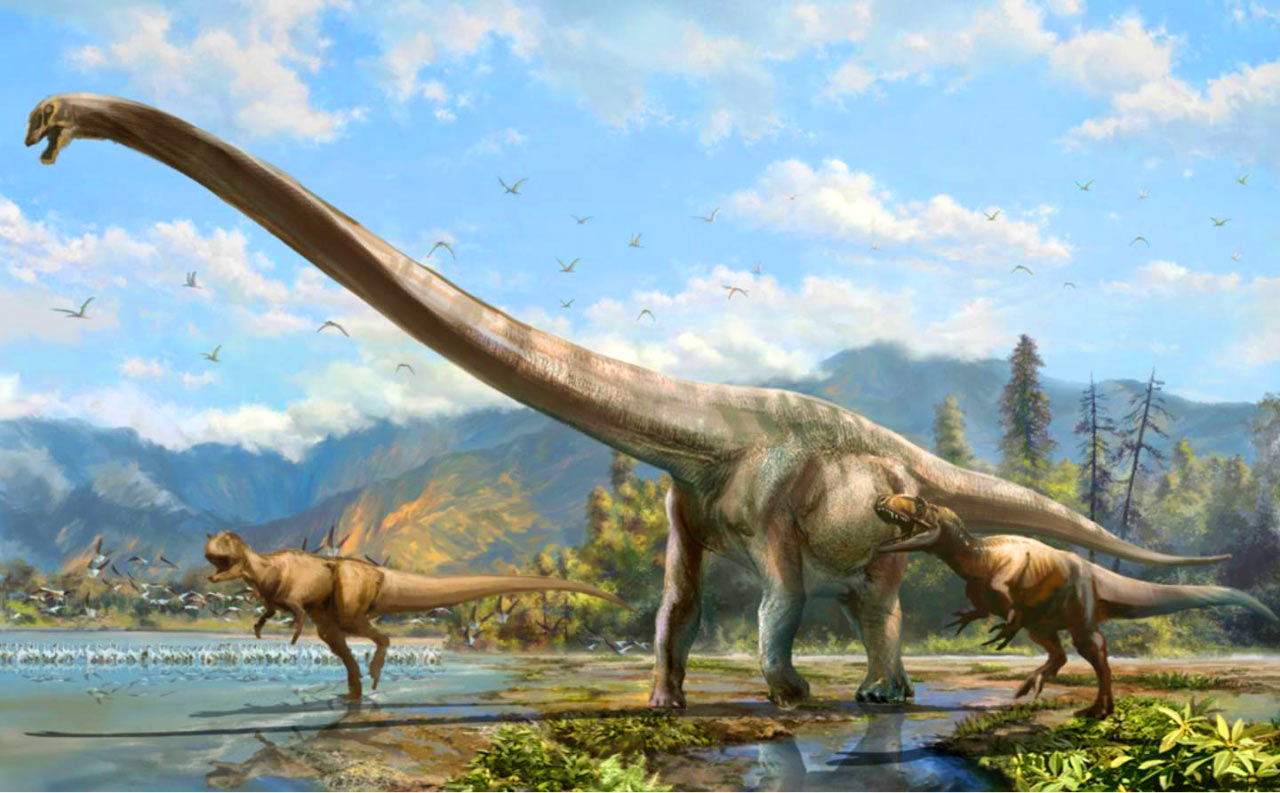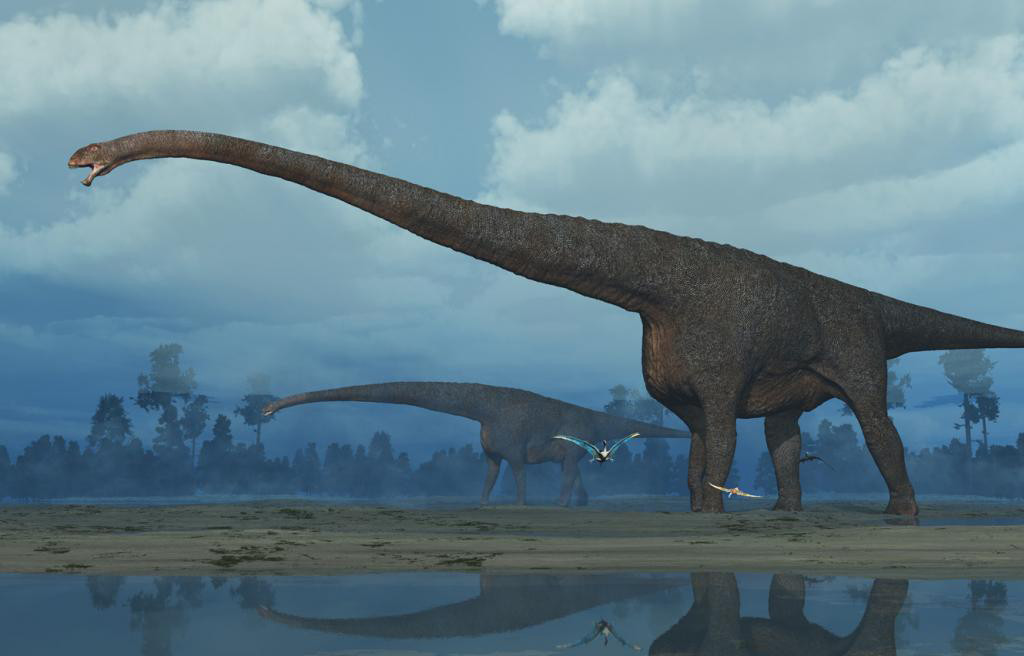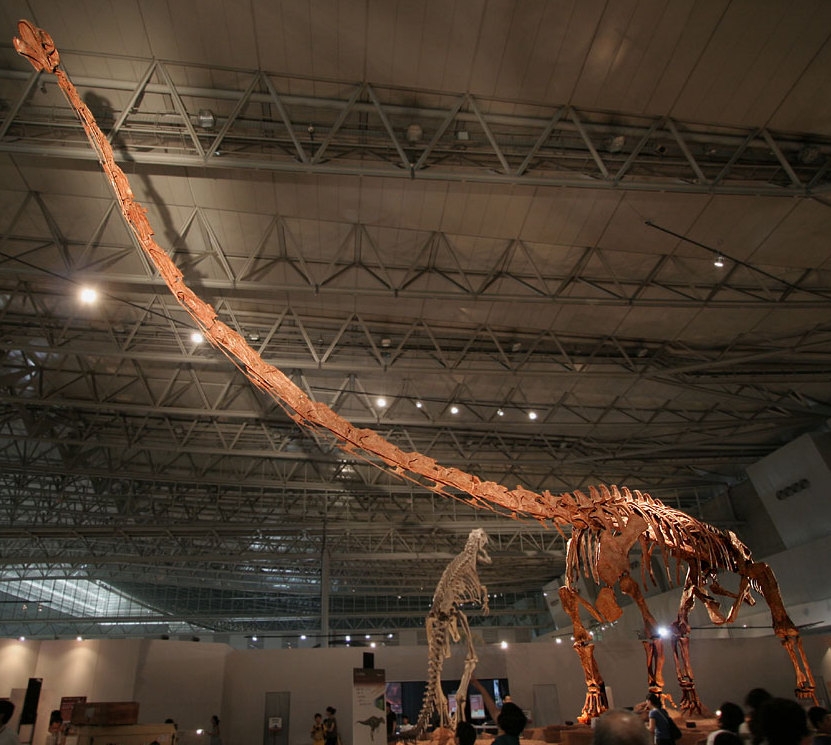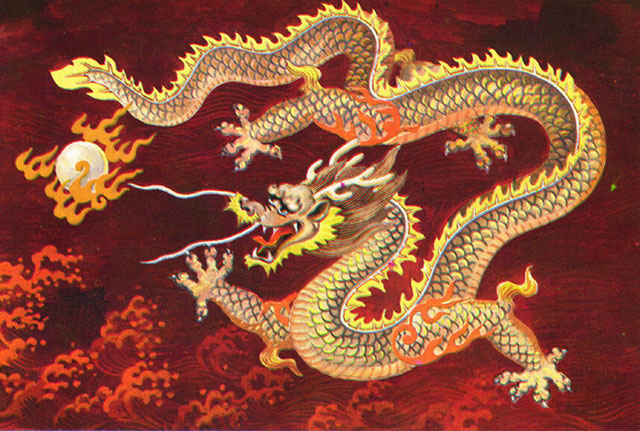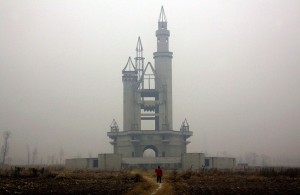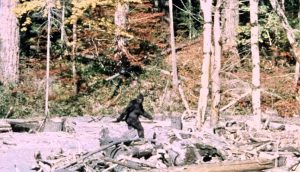Qijianglong: New Dinosaur Species With Longest Neck Ever
There have been plenty of striking dinosaurs clambering over this planet throughout the years. A newly discovered species – Qijianglong – is a particularly impressive beast. Its neck makes up more than half of its body length.
In 2006, near China’s Qijiang City, some construction workers found the remains of a very odd creature indeed. The remnants were unearthed and reconstructed and the body shape they produced was bizarre indeed. Too daft to be real, you might think.
Everyone knows that nature has a jovial side, just look at the duck billed platypus or the flying lemur for instance, but this living, breathing joke takes the metaphorical biscuit and swallows it whole.
The new dino has been named Qijianglong and is a member of the saurpod family, part of the group called mamenchisaurids. The sauropods include popular beasts like diplodocus, who have fairly long necks, well, very long necks, often up to one-third their entire length. Qijianglong, however, takes it one step further. This guy’s mighty neck stretches out an unbelievable 25 feet – that’s half of its entire body length.
Amazingly, the head of the dinosaur was still attached to the neck when it was discovered which is very rare in saurpods. Because sauropod’s heads are small and relatively loosely attached, they are often found far from the remains, or not found at all.
Another weird twist to this new fossil is that his vertebrae were air-filled, much like modern bird’s pneumatic bones. This, we’re guessing, would have kept the neck as light as possible so that there wasn’t too much falling-flat-on-the-face going on. Stranger still, the vertebrae were fused together, meaning that the head could lift up and down but not side to side very easily, and the neck would probably have stayed pretty rigid at all times. That must have looked mighty strange, kind of like a crane.
BEHOLD:
Palaeontologists were also surprised and delighted to have a pretty well preserved section of its delicate brain case, this meant they could get some interesting hints on its neuroanatomy. I don’t know what this following information means, but perhaps it means something to you:
(the braincase revealed) a unique combination of characters such as an accessory tuber at the base of planar basipterygoid process and parietal excluding frontal from the anterior margin of the supratemporal fenestra.
Qijianglong was bumbling around about 160 million years ago in the Late Jurassic, at the same sort of time as stegosaurus, another oddly shaped crowd-pleaser.
Some are wondering whether ancient Chinese artists might have used Qijianglong as the inspiration for the dragon symbol which has remained so pervasive in Chinese culture. Who knows.
It’s easy to see how a group of ancients might have dug up the XXL neck and let their imaginations run free. If that really is the case, they’ve gone a bit OTT with the head though, haven’t they?
MORE DINOSAUR ACTION:

